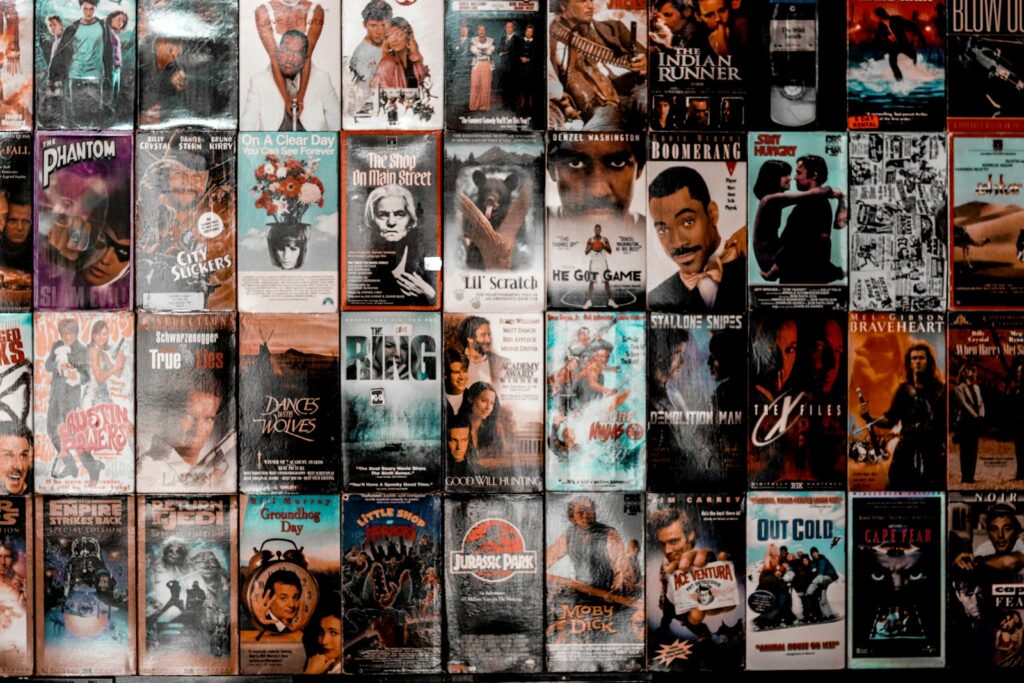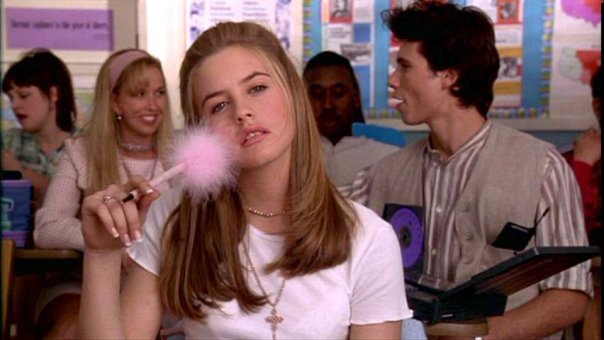
Sometimes, a movie leaves us with a finale so head-scratching, so profoundly ambiguous, that the credits roll and all we can do is sit in stunned silence, desperate to dissect every last frame. These are the cinematic moments that linger, sparking endless debates among friends, igniting forums with passionate theories, and solidifying a film’s place in pop culture history. It’s a testament to the power of storytelling that an ending, even a deeply confusing one, can elevate a movie from mere entertainment to an unforgettable experience.
Great movies, after all, leave their audience thinking about what they saw long after the credits roll. This often means raising poignant questions about the story and concluding the film without providing all the neat answers we might crave. While this approach can sometimes sink a film’s reception, there have been multiple cases of movies winning over audiences precisely because of their confusing and ambiguous endings. They challenge us, invite us to participate in the narrative’s resolution, and ensure that the discussion continues for years, sometimes even decades.
We felt it was time to decipher some of the most perplexing movie endings, so you don’t have to piece together every intricate detail yourself. Brace yourselves, as some of these finales are all-time stumpers, featuring the kind of narrative gymnastics that only the most visionary filmmakers can pull off. We’ll explore the mysteries, delve into the intentions of the directors, and unpack the fan theories that have made these conclusions legendary. Let’s dive into the first six of these cinematic puzzles that continue to captivate and confound audiences worldwide.
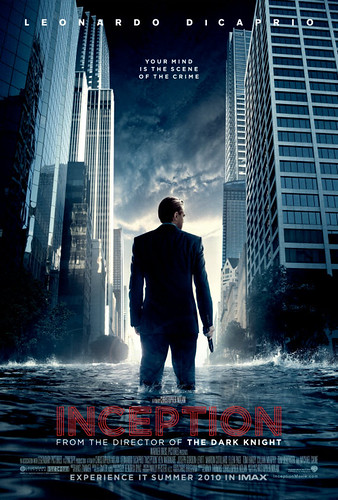
1. **Inception**Is Dom (Leonardo DiCaprio) still in the dream world, or is he back home with his kids? It’s a question that has haunted moviegoers for over a decade since Christopher Nolan’s mind-bending epic first planted it firmly in our minds. The final scene, where Cobb is reunited with his father-in-law and children, hinges on the fate of his spinning top – his totem to discern reality from illusion – which continues to spin as the film cuts to black.
This deliberate ambiguity has made an already complex film even more perplexing, leaving viewers to wrestle with the implication that Cobb may be unknowingly trapped in his own sleeping mind. However, as far as Christopher Nolan’s thoughts on Dom’s ending are concerned, the director has famously suggested that it doesn’t actually matter whether the top falls, because the character himself doesn’t care at that moment. Cobb is just happy to finally see his children’s faces again, having found a form of peace, regardless of the ultimate reality.
Yet, for many devoted fans, the question persists, fueling countless discussions about the nature of reality within the film’s intricate lore. While Nolan offers a character-centric perspective, arguing that Cobb’s emotional state supersedes the literal truth of his environment, the visual cue of the perpetually spinning top remains a powerful, unsettling image. It’s a masterful stroke of storytelling that perfectly embodies the film’s central themes of perception, memory, and the subjective nature of truth, ensuring that ‘Inception’s’ ending will be debated for generations to come, truly becoming one of the best ’90s movies of all time, as some might say.
Regardless of whether one believes Cobb is still dreaming or has truly returned, the genius of ‘Inception’s’ ending lies in its ability to force the audience to confront the same uncertainty that plagues its protagonist throughout the film. It’s a conclusion that prioritizes emotional resolution for the character over a definitive factual answer for the viewer, leaving an indelible mark on cinematic history. This profound design choice encourages deep engagement and personal interpretation, a hallmark of Nolan’s thought-provoking cinema.
Read more about: Ever Wonder Where Those ‘Almost Champion’ Jerseys Go? 12 Heartfelt Stories of Losing Teams’ Gear Finding New Life and Purpose!
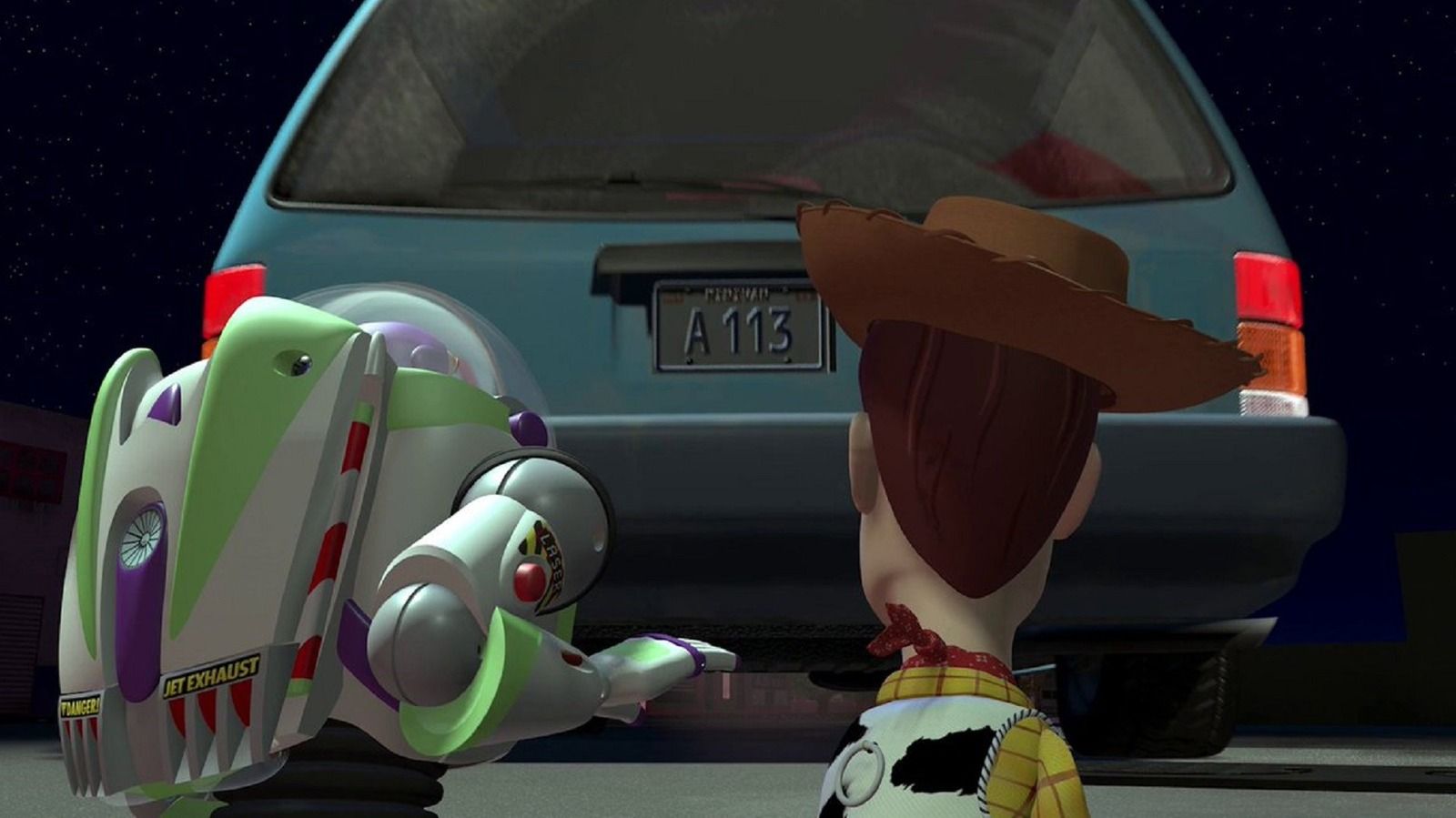
2. **Looper**Because of how ‘Looper’s’ time travel works in Rian Johnson’s intricately woven story, the film concludes with a powerful, yet unsettling, act of self-sacrifice. The narrative suggests that by eliminating himself and his older counterpart, Joe (Joseph Gordon-Levitt/Bruce Willis) ensures that young Cid (Pierce Gagnon) doesn’t grow up to become the criminal overlord known as The Rainmaker. This seemingly offers a hopeful, if tragic, resolution to the paradoxes presented.
However, our own interpretation of the ending leans towards a more cynical outcome, suggesting that the death of both Joes probably had no lasting effect on Cid’s future. The very nature of time travel, as depicted in the film, creates complex causal loops that are notoriously difficult to break. This perspective implies that despite Joe’s ultimate sacrifice, the kid’s destiny might still be irrevocably set for darkness, highlighting the futility inherent in attempting to alter a predetermined path.
This ambiguity is a potent part of ‘Looper’s’ appeal, forcing audiences to grapple with the implications of destiny versus free will within a time-travel narrative. Rian Johnson’s film doesn’t offer easy answers, instead preferring to leave viewers contemplating the heavy weight of fate and the potential inability to escape the patterns of the future. It’s a thought-provoking conclusion that amplifies the film’s themes of sacrifice, consequence, and the intractable nature of certain timelines.
The film’s ending therefore leaves a lingering question mark over the apparent triumph, suggesting that the grim cycle might be far more resilient than one hero’s desperate attempt to break it. This deeply unsettling layer adds another dimension to ‘Looper’s’ already intricate plot, cementing its status as a compelling sci-fi thriller with a truly debatable finale. The implications of Cid’s unwavering path underscore the tragic beauty of Joe’s selfless act, even if its ultimate success remains uncertain.
Read more about: You Won’t Believe These 15 Wild Behind-the-Scenes Secrets From ‘The Office’ That Even Superfans Missed

3. **Shutter Island**Martin Scorsese’s adaptation of ‘Shutter Island’ presents a finale that, in many ways, is actually clearer than the book it’s based on when it comes to the final fate of Andrew Laeddis (Leonardo DiCaprio). In author Dennis Lehane’s novel, the uncertainty surrounding whether Andrew or his Teddy Daniels persona is in control is a key element. However, the movie’s ending provides a more definitive, albeit still chilling, interpretation of Andrew’s choice.
As the film concludes, it becomes plainly clear that Andrew, in a moment of lucidity, wants the lobotomy. He then pretends he still thinks he’s his US Marshall alter ego, effectively choosing to “die as a good man” rather than live with the unbearable truth of his past. The entire story, as revealed, was a therapeutic role-playing game orchestrated by the hospital’s doctors to try and bring him back to reality after he killed his wife, who had murdered their children.
The iconic final line, delivered by Andrew – “Which would be worse: To live as a monster, or to die as a good man?” – serves as a profound encapsulation of his tragic decision. While Dennis Lehane reasoned that this was merely a “momentary flash” of sanity before slipping back into delusion, Scorsese’s psychiatric adviser, Professor James Gilligan, has suggested that Andrew does indeed choose his fate, voluntarily opting for the lobotomy, overwhelmed by guilt.
This interpretation transforms the ending from a simple relapse into a harrowing act of self-preservation, a desperate attempt to escape his traumatic memories. Whether or not Andrew is fully aware of what he’s doing in ‘Shutter Island’ remains a subject of intense discussion, but the film’s visual and thematic cues strongly imply a conscious, if tormented, decision. It’s a tragic fate for a character who has endured so much guilt and trauma and simply wants to find peace, making it a powerful and unforgettable conclusion to a masterful psychological thriller.
Ultimately, ‘Shutter Island’s’ ending forces us to confront the heavy cost of truth and the lengths to which the human mind might go to escape unbearable pain. It’s a testament to Scorsese’s direction and DiCaprio’s performance that this ambiguity, despite the film’s clearer stance than the book, continues to resonate deeply with audiences, sparking contemplation on themes of sanity, responsibility, and mercy.
Read more about: Understanding the Underlying Factors in US Regional Economic Dynamics: A Deeper Look Beyond Headlines
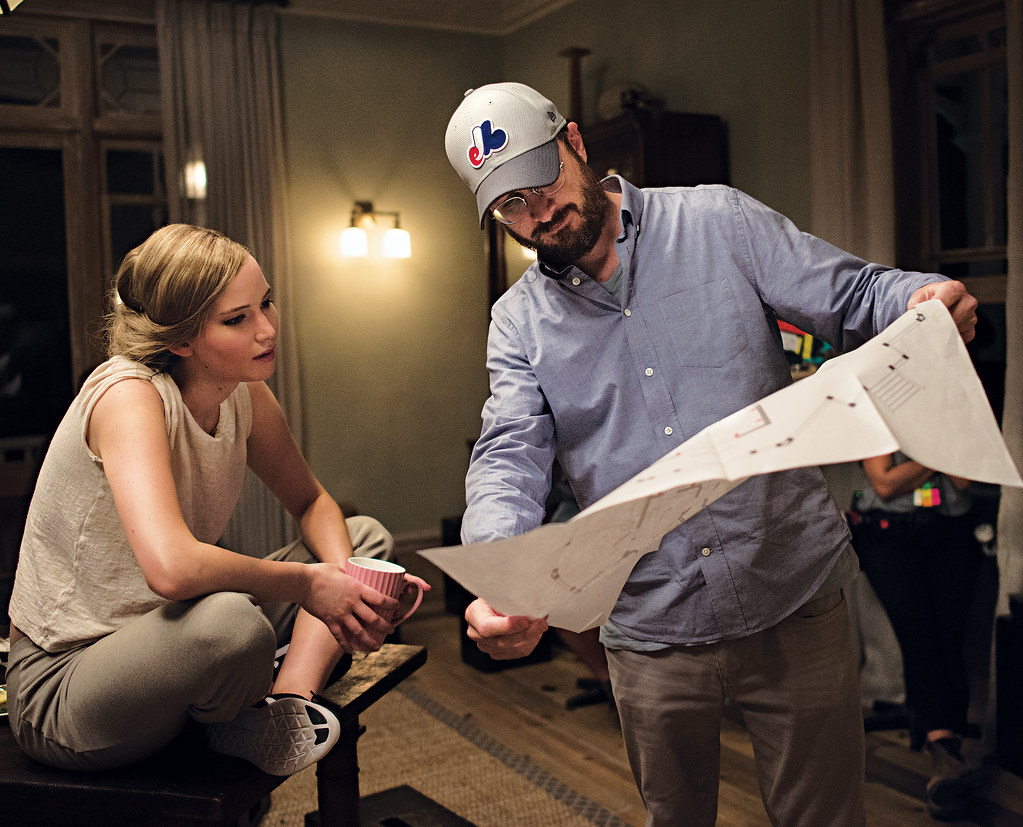
4. **mother!**Darren Aronofsky’s ‘mother!’ delivers an ending that is nothing short of a literal Biblical finale, a stark and brutal allegorical climax. Jennifer Lawrence’s titular matron, representing Mother Earth or perhaps the divine feminine, unleashes apocalyptic ruin against her lover, Him (Javier Bardem), a clear stand-in for a monotheistic God figure or the creative force. The destruction depicted is vast, consuming, and utterly overwhelming.
What makes the ending particularly unsettling and confusing is the cyclical nature of the events. As we saw Darren Aronofsky’s film start with a woman burning in some hellfire of her own, the finale leads us to believe that the entire brutal cycle of creation and destruction is about to begin again. This is thanks to Him waking up his new companion, drawing out her heart, and thus rousing her in the exact same manner he roused mother at the film’s outset.
This cyclical narrative structure profoundly emphasizes the film’s allegorical message, portraying a never-ending loop of artistic creation, human destruction, and the suffering endured by the nurturing force. The final moments are a disturbing echo of the beginning, suggesting that no matter the devastation, the impulse to create, and by extension, to destroy, is an inherent and perpetual force within the universe, or within Him’s character.
The film’s unflinching portrayal of this eternal return is both horrifying and thought-provoking, pushing audiences to confront uncomfortable truths about human nature, religion, and the exploitation of the natural world. ‘mother!’ doesn’t merely end; it resets, hinting at countless iterations of the same agonizing story, making its conclusion not just confusing but deeply impactful and haunting. It’s a bold artistic statement that requires reflection long after the credits have rolled.
Read more about: Still Not Over It: The 10 Animated Movie Scenes That Will *Always* Make You Ugly Cry
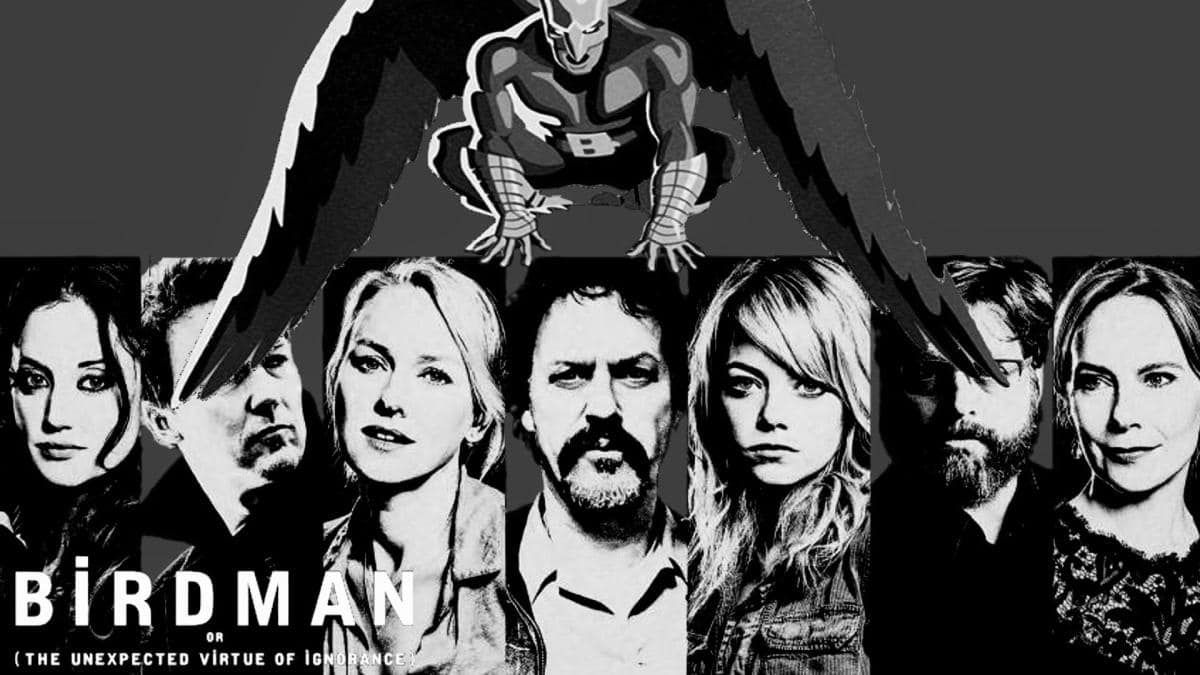
5. **Birdman, or (The Unexpected Virtue Of Ignorance)**Alejandro González Iñárritu’s ‘Birdman, Or The Unexpected Virtue Of Ignorance’ is a rare cinematic gem where a seemingly impenetrable ending fits perfectly with the meta-narrative and blurred lines of reality that precede it. The film follows Michael Keaton’s washed-up actor Riggan, haunted by the voice of his past superhero role, Birdman, as he struggles to mount a serious Broadway play.
The ambiguity of the finale is central to its genius. While we endlessly debate whether Riggan (Michael Keaton) ultimately jumped to his death or miraculously soared with the birds, the film consistently toys with our perception of what is real. Throughout the movie, Iñárritu plays with the idea of whether Riggan’s perceived powers are genuine, with the opening scene itself finding him floating in mid-air, challenging the audience to decide what to believe.
The ending culminates with Riggan, having seemingly achieved the fame and critical notoriety he craved, and reconnecting with a daughter who is now proud of him. It’s at this moment that he jumps from the hospital window. His daughter, looking out, watches in awe as he either falls or, in a stunning visual, appears to fly away, her gaze following him upwards into the sky. This powerful visual leaves the interpretation entirely to the viewer.
There are even darker readings and theories, as per Screen Rant, suggesting that Riggan might have died much earlier in the narrative, and the rest of the film could be a dream he experiences in his final moments. This multifaceted conclusion ensures that ‘Birdman’ ends the same way it begins: by relentlessly challenging our perception of reality, pushing us to question everything we’ve seen come to pass, and cementing its place as a truly unique and conversation-starting film.
Read more about: 15 Unforgettable Movie Scenes That Left Their Mark on Cinema
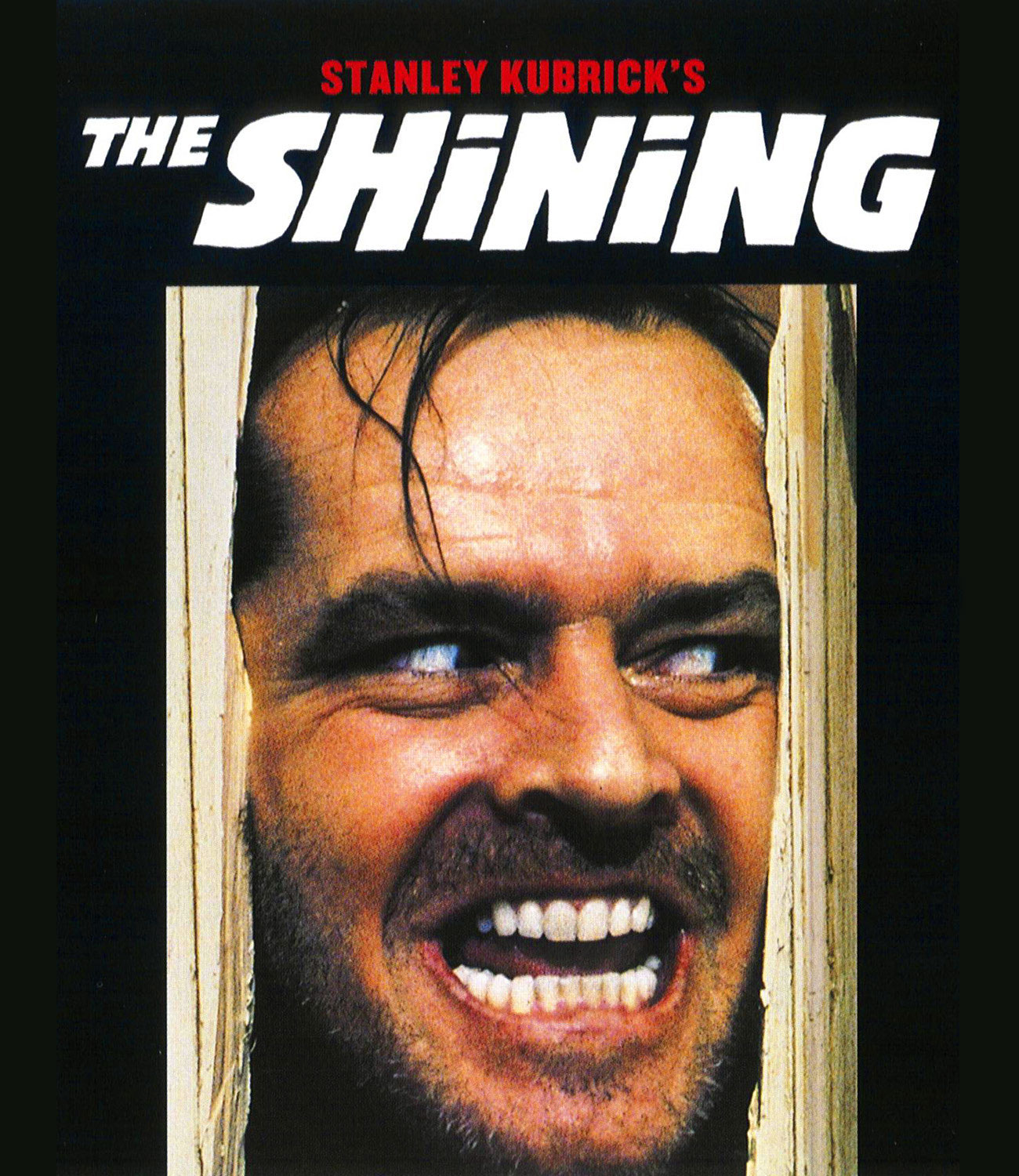
6. **The Shining**Stanley Kubrick’s iconic adaptation of ‘The Shining’ has long been a source of both admiration and perplexity, especially its notorious ending. Stephen King’s notorious dislike of the movie, at least as a film, certainly has its points, primarily revolving around how it deviates significantly from its literary source material. This divergence contributes heavily to the lingering mystery surrounding Jack Torrance’s ultimate fate and the chilling final image.
While Wendy and Danny escape the terror of the Overlook Hotel, a murderous Jack is left to freeze to death in the hotel’s expansive hedge maze. The film then cuts dramatically to an old photograph, dated July 4, 1921, depicting the Overlook’s past celebration. In this seemingly innocuous photo, Jack Torrance inexplicably appears as one of the partygoers, leaving viewers with more questions than answers and sparking immediate, widespread confusion.
This baffling final image has fueled decades of fan theories and critical analyses. While the scene strongly implies that Jack is the reincarnation of one of the Overlook’s previous caretakers, it also compellingly suggests that Jack’s spirit has been completely assimilated into the hotel’s malevolent legion of ghosts. His presence in the 1921 photograph could signify that he has always been a part of the hotel, destined to return and fulfill its dark legacy, becoming its eternal guardian.
Even after 45 years and the sequel film, ‘Doctor Sleep’ (directed by Mike Flanagan), there remains no single, concrete explanation of what the photo truly means. ‘Doctor Sleep’ attempts to provide some closure or context to the lore, depicting Jack Torrance’s soul as now caught in the purgatory of The Overlook, which seems to be the best available answer. Regardless, ‘The Shining’s’ finale remains one of the most baffling and iconic final images in cinema history, perfectly encapsulating the film’s themes of eternal evil and the consuming power of the past.
Continuing our journey through ambiguous finales, this section explores six more iconic film endings, dissecting the narrative complexities and the lasting impact of films like ‘Fight Club’ and ‘Blade Runner’ on cinematic discourse. These are the conclusions that continue to resonate, challenging viewers to form their own interpretations and solidifying their place in film history.
Read more about: Buyer Beware: 8 Budgeting Traps That Can Derail Your Financial Future

7. **Fight Club**Just as ‘Fight Club’s’ Operation Mayhem is poised to shatter the established order, audiences are hit with the monumental revelation that Tyler Durden (Brad Pitt) is not a separate entity but rather a manifestation of the Narrator (Edward Norton). This isn’t just a twist; it’s a fundamental recontextualization of everything that has transpired, forcing viewers to re-evaluate the entire narrative through the lens of a dissociative identity.
This psychological unraveling confirms that it was the Narrator, in his dissociating personality, who served as the mastermind behind the anarchic movement all along. The final iconic scene, where the Narrator holds hands with Marla (Helena Bonham Carter) as the world’s financial institutions dramatically collapse, is both a chilling triumph and a deeply unsettling conclusion, leaving the immediate aftermath of this societal upheaval to the imagination.
The enduring legacy of ‘Fight Club’s’ ending is perhaps best underscored by its continuation in two comic sequels, which delve into the story of what happens after this monumental moment. This willingness to explore the ramifications of such a definitive, yet still open-ended, finale speaks to the power of the film’s ambiguous conclusion and its status as one of the best ’90s movies of all time, continually drawing fans back into its complex philosophical framework.
Read more about: Bruce Springsteen: The Saga of The Boss’s Ascendance from Jersey Shore Clubs to Global Icon
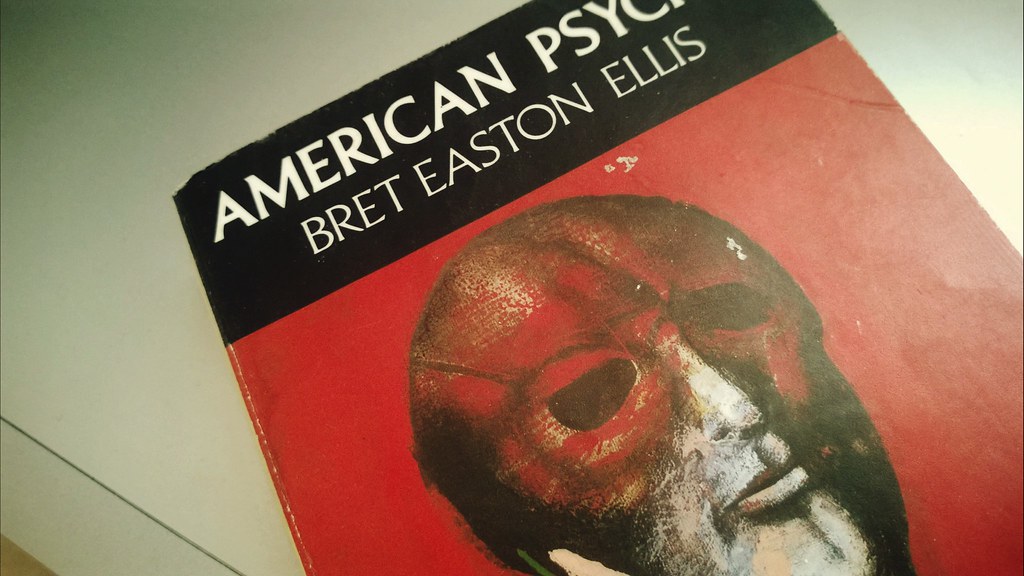
8. **American Psycho**One of the most unsettling questions lingering from ‘American Psycho’ is whether Patrick Bateman (Christian Bale) truly committed all the horrific acts he confesses to. The film, much like Bret Easton Ellis’s novel, thrives on this profound ambiguity, presenting Patrick as an utterly unreliable narrator whose perceptions of reality are deeply fractured. His detailed confessions, from killing rival Paul Allen (Jared Leto) to engaging in a gun-toting showdown with the NYPD, are subsequently laughed off or dismissed by anyone he mentions them to.
Director Mary Harron’s film masterfully maintains this open-endedness, leaving audiences as perplexed as Bateman himself. The implication is that, while Patrick’s psychosis is undeniable, the literal reality of his murders remains elusive. The narrative suggests that in a world where “nobody can keep anybody’s names straight,” and amidst Patrick’s heavy drug use, the lines between fantasy and reality become irrevocably blurred, making it nearly impossible to discern what truly happened.
This ambiguity serves as a haunting commentary on the moral bankruptcy of the society Patrick inhabits. No one in his elite circle seems to care about his admissions, underscoring a pervasive apathy that allows a dangerous individual to go unpunished. The ending offers no growth or remorse from Bateman; instead, it leaves him, and the audience, adrift in a chilling portrayal of depravity that continues to be debated and dissected for its pointed social critique.
Read more about: 14 Profound Truths from Toni Morrison’s Beloved That Will Stay With You Long After the Last Page

9. **Memento**Christopher Nolan’s ‘Memento’ plunges viewers into the disorienting world of Leonard Shelby (Guy Pearce), a man afflicted with anterograde amnesia, desperately seeking his wife’s killer. The film’s non-linear structure perfectly mirrors Leonard’s condition, forcing the audience to piece together fragmented clues alongside him, making its conclusion all the more impactful and confusing.
The central twist reveals that Leonard had, in fact, already killed his wife’s assailant a year prior to the film’s events. However, his amnesia, and a powerful need for a continued sense of purpose and vengeance, drives him to manipulate his own memory system. He deliberately creates new clues and motivations, ensuring he will perpetually hunt for a killer, effectively setting himself on an endless, self-deceiving quest.
This moment of vengeance, orchestrated by Leonard against himself, means he’ll tragically continue his pursuit indefinitely. The ending is not merely a reveal but a profound exploration of memory, identity, and the lengths to which an individual will go to construct meaning, even if it’s based on a meticulously maintained delusion. It challenges the very nature of truth and justice within a personal, fractured reality.
Read more about: Strategic Spending for Sustainable Happiness: 12 Scientifically-Backed Purchases That Transform Well-being
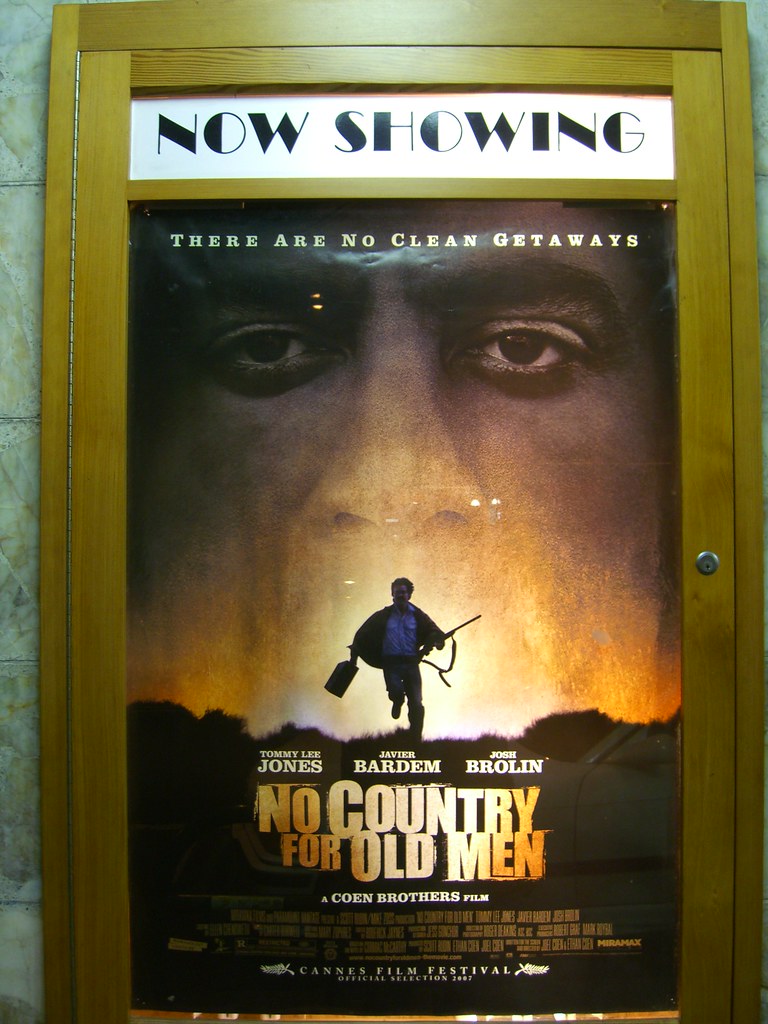
10. **No Country For Old Men**The Coen Brothers’ ‘No Country for Old Men’ famously subverts expectations, culminating in an ending that initially confused many who anticipated a more conventional resolution for its protagonist. The audience might have hoped for Llewelyn Moss (Josh Brolin) to escape the relentless pursuit of hitman Anton Chigurh (Javier Bardem). Yet, the narrative takes a stark turn, revealing that Moss and his wife were already dead, a brutal off-screen demise that emphasizes the brutal, indifferent nature of the film’s world.
The true focal point of the story, particularly in its conclusion, shifts to Sheriff Ed Tom Bell (Tommy Lee Jones). His final monologue, recounting two dreams about his father, encapsulates a profound acceptance that the past is immutable, and there’s ultimately nothing he can do to change the escalating violence and amorality he witnesses. This departure from a typical hero’s journey provides an anticlimactic, yet deeply fitting, end to a story steeped in dark realism.
Ed’s dreams — one about losing money, the other about his father riding ahead with fire, promising a campfire — symbolize his struggle with loss, the passage of time, and a longing for simpler, more moral days. His waking up after the second dream signifies a resignation, a recognition that the world has moved beyond his understanding and control. This ending doesn’t offer neat closure but instead reinforces the story’s bleak philosophical stance on fate, morality, and the encroaching darkness of a modern, indifferent world, making it a compelling study of existential dread.
Read more about: Mastering ‘Worse’ and ‘Worst’: Your Essential Guide to Navigating Common Grammar Pitfalls

11. **Blade Runner**The question of whether Deckard (Harrison Ford) is a replicant stands as one of cinema’s most enduring debates, with the ending of ‘Blade Runner’ intentionally designed to foster this ambiguity. The answer, as many fans and even director Ridley Scott attest, often depends on the specific cut of the film one watches, highlighting the layered interpretations inherent in this sci-fi masterpiece.
While Harrison Ford has historically maintained his belief that Deckard is human, both Ridley Scott and the events depicted in ‘Blade Runner 2049’ lean towards an interpretation that, at best, embraces uncertainty, and at its most extreme, flat-out suggests Deckard is a replicant. The crucial “unicorn scene” in Scott’s 1992 Director’s Cut, wherein Deckard dreams of a unicorn, only to later find an origami unicorn left by Gaff (Edward James Olmos), strongly implies his memories are implanted – a hallmark of replicants.
Scott himself has stated that the unicorn dream, when combined with Gaff’s knowing gesture, was intended to clarify Deckard’s replicant status. However, this interpretation creates a fascinating paradox, as Ford argued that if Deckard is a replicant, it would undermine the film’s central tension regarding his emotional connection with Rachel, a fellow replicant. This ongoing disagreement between director and star only deepens the film’s enigmatic allure, proving that Deckard’s humanity remains very much “up for grabs.”
Ultimately, ‘Blade Runner’s’ finale, particularly with its conflicting clues and interpretations, forces audiences to grapple with fundamental questions about identity, consciousness, and what truly defines a ‘person.’ Whether one believes Deckard is flesh and blood or synthetic, the film’s ending ensures that the conversation continues, cementing its legacy as a cornerstone of sci-fi cinema and a masterclass in narrative ambiguity.
Read more about: When Reality Bites: 14 Unforgettable Action Moments Where Actors Weren’t Just Acting – Their Pain Was Absolutely Genuine
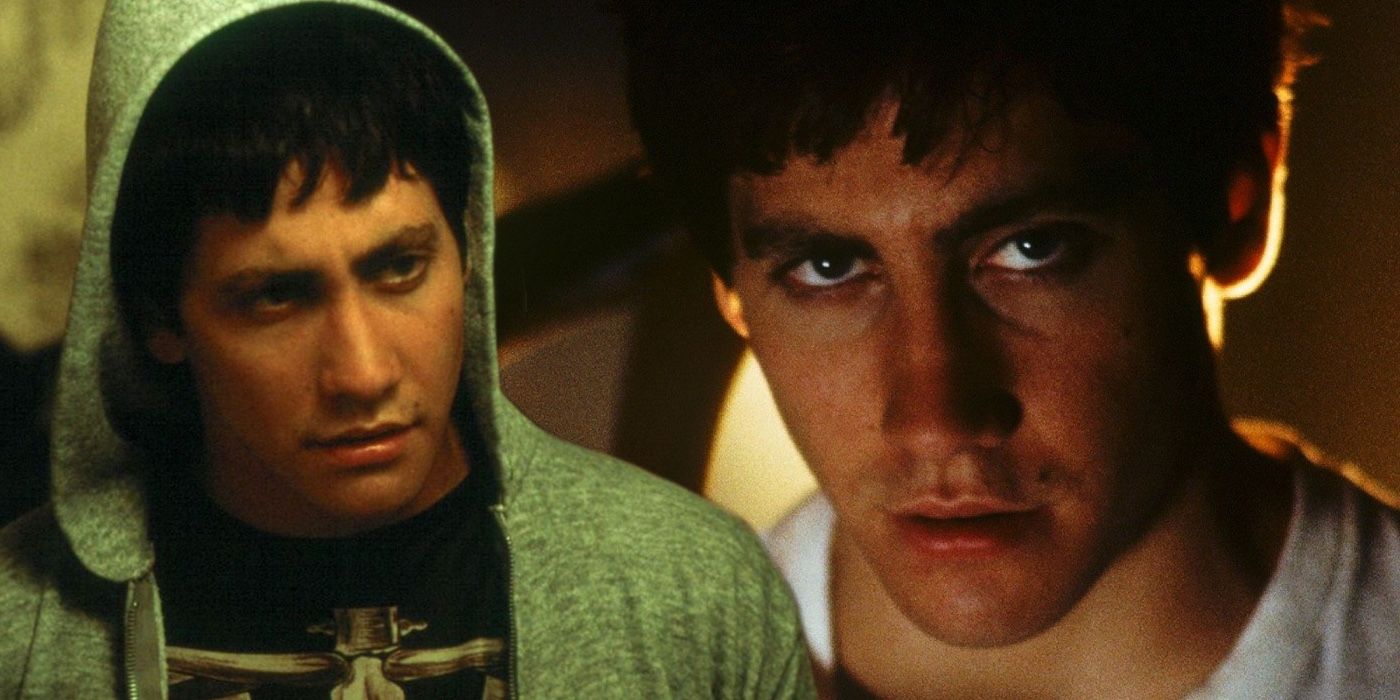
12. **Donnie Darko**Richard Kelly’s cult classic ‘Donnie Darko’ delivers an ending that is a bewildering yet profoundly satisfying loop of causality, central to its intricate time-travel narrative. The film leads its titular character, Donnie (Jake Gyllenhaal), to the realization that his own death is a necessary sacrifice to save his community from a catastrophic chain of events and tragedies.
Through the strange powers he develops throughout the movie, Donnie orchestrates his own demise, causing the jet engine that mysteriously landed on his house earlier in the film to return and kill his past self. This act effectively renders the preceding events of the story null and void, resetting the timeline and averting the impending apocalypse, creating a closed loop that is both tragic and heroic.
Despite the theatrical cut leaving many of the specifics – such as the exact reasoning for the world nearly ending, the time rewind, and Donnie’s death – unexplained, the film’s profound message shines through. Donnie Darko’s ambiguous conclusion powerfully illustrates how one individual’s actions can profoundly affect and connect those around them, exploring complex realities where Donnie both exists and, through his sacrifice, prevents his own future existence as the catalyst for disaster. It is a finale that demands reflection, ensuring its place as one of the most talked-about and deeply analyzed endings in modern cinema.
Read more about: From Box Office Busts to Beloved Binges: 15 Movie Flops That Became Timeless Cult Classics
We hope this deep dive into some of cinema’s most bewildering conclusions has provided some clarity, or perhaps, sparked even more fascinating discussions among fellow film enthusiasts. From the psychological battles within ‘Fight Club’ to the existential queries of ‘Blade Runner’ and the temporal paradoxes of ‘Donnie Darko,’ these films remind us that sometimes, the greatest stories aren’t those that hand us all the answers, but those that encourage us to keep searching, keep debating, and keep thinking long after the credits have rolled. The genius of these ambiguous finales lies in their power to engage us, transform us into amateur detectives, and solidify their status as unforgettable cinematic experiences for generations to come.


